As cooking habits shift—more people work from home (so quick, healthy lunches are a must) and explore global cuisines (think Thai curries or Mexican tacos)—kitchen tools and utensils can’t just “work” anymore. They need to fit how we live now: saving space, cutting down on cleanup, and keeping up with our food adventures. This article looks at how well-designed tools simplify meal prep, cut waste, and even help us eat healthier, proving that small kitchen items can make a big difference.

Space-Saving Innovations for Compact Kitchens
For anyone living in a small apartment or a home with a tiny kitchen, counter and cabinet space is precious. Modern kitchen tools solve this with smart, space-saving designs. Nesting bowls are a perfect example—they stack inside each other, taking up the space of just one large bowl instead of five separate ones. Collapsible measuring cups are even better: when you’re not using them, you can flatten them to half their size, fitting easily in a drawer instead of taking up a whole shelf. Multi-tasking tools help too, like a single utensil that acts as a spatula, tongs, and serving spoon—no need to store three separate tools. Some brands even make tools with detachable handles, so you can hang the head of a whisk or slotted spoon on a small hook, freeing up drawer space. These innovations don’t just save room—they make small kitchens feel less cluttered and more functional.
Easy Cleaning for Busy Cooks
After a long day, the last thing anyone wants to do is scrub burnt food off a spatula or pick bits out of a whisk. Modern kitchen tools are built for easy cleanup, starting with non-stick surfaces. A silicone baking mat, for example, won’t let cookies or muffins stick—just wipe it with a damp cloth, and it’s clean. Most tools are also dishwasher-safe, so you can toss them in with your plates instead of washing by hand. Seamless construction helps too: no tiny gaps or crevices where food can hide. A one-piece silicone spoon, for instance, has no place for sauce or batter to get stuck, making it faster to clean. These small details save time and make cooking feel less like a chore—especially on busy weeknights.
Durability That Reduces Waste
Cheap kitchen tools break easily: plastic spatulas melt near hot pans, wooden spoons crack, and metal graters rust. This means you end up throwing them away and buying new ones, which creates waste and costs more money over time. Well-designed tools fix this with durable materials. Stainless steel utensils, for example, resist rust and don’t melt, even when you leave them on a warm stove. Bamboo tools (treated with food-safe oil) don’t crack or absorb water, so they last for years. Reinforced edges on things like cutting boards or vegetable peelers prevent them from wearing out quickly. Investing in durable tools means fewer replacements, less plastic or metal in landfills, and more money saved in the long run—good for your wallet and the planet.
Adapting to Global Cuisines
Gone are the days when home cooking only meant basic soups or grilled meats. Now, people are trying their hand at stir-fries from China, tabbouleh from Lebanon, or sushi from Japan—and they need tools that can keep up. Modern kitchen tools cater to these global tastes: flexible silicone spatulas are perfect for stirring sticky stir-fry sauces without scratching a wok. Microplane graters shred Parmesan cheese for Italian pasta or ginger for Thai curry in seconds. Even simple tools like sushi mats (made from bamboo) or tortilla presses make it easy to recreate international dishes at home. Some tools are multi-purpose, too: a large wooden spoon works for stirring Indian dal just as well as it does for mixing American-style chili. This adaptability lets home cooks experiment without buying a whole new set of tools for each cuisine.
Smart Integration and Future Trends
Most kitchen tools are still manual, but more are adding small “smart” features to make cooking easier. A digital kitchen scale, for example, can connect to a phone app to track how much flour or sugar you’re using—helpful for people following recipes or counting calories. Some thermometers built into spoons let you check the temperature of soup or sauce without pulling out a separate tool; they even beep when it’s ready. There are also measuring cups with built-in timers, so you can measure oil and set a timer for your pasta at the same time. These features don’t make tools complicated—they just make them more helpful, turning simple utensils into little “helpers” that make cooking smoother. As life gets busier, these small smart touches will only become more common, blending practicality with modern tech.

 English
English 中文简体
中文简体


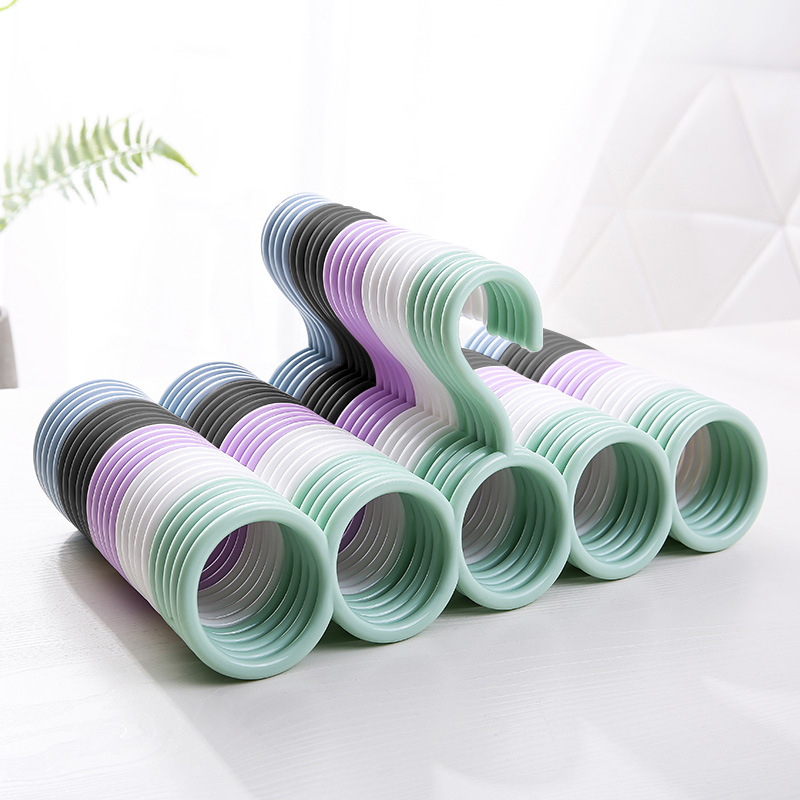
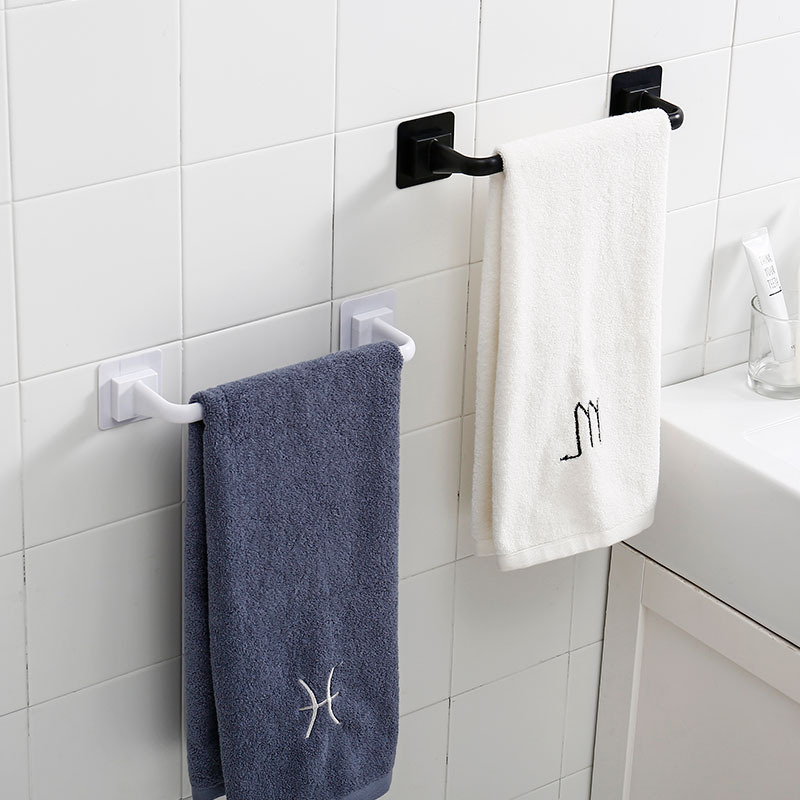
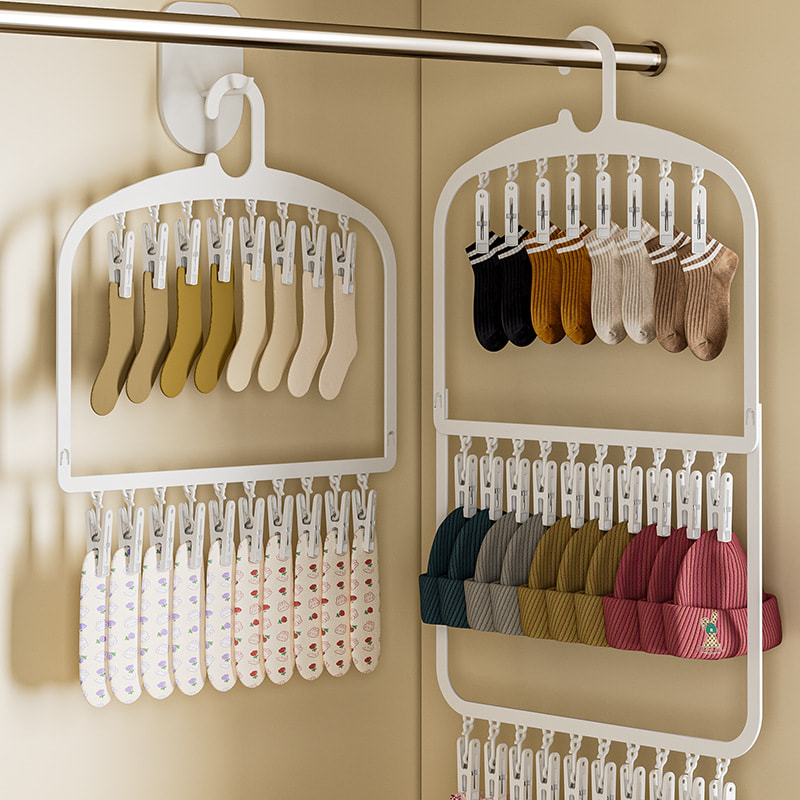
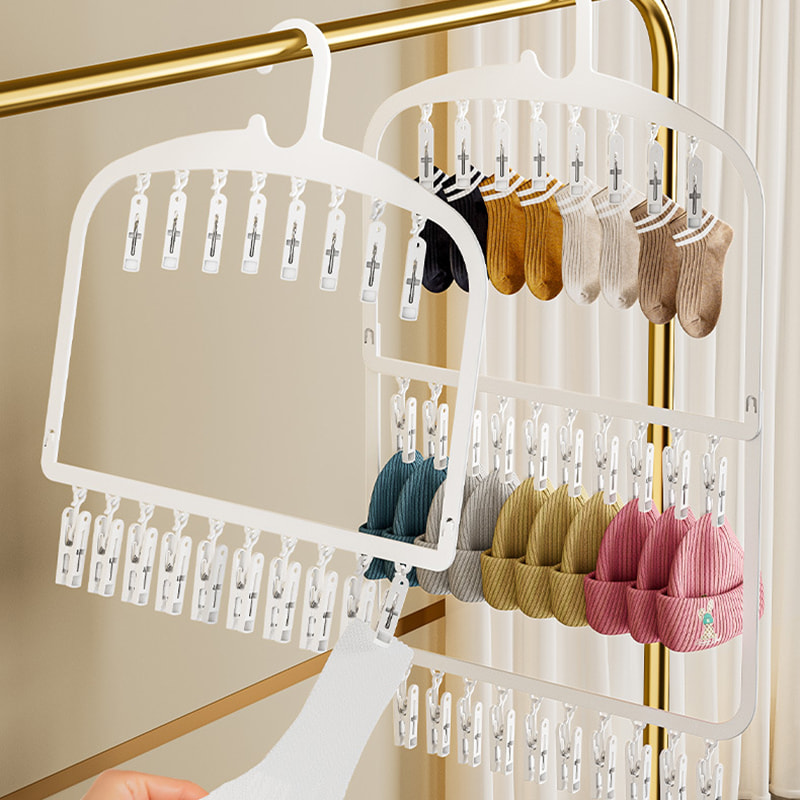
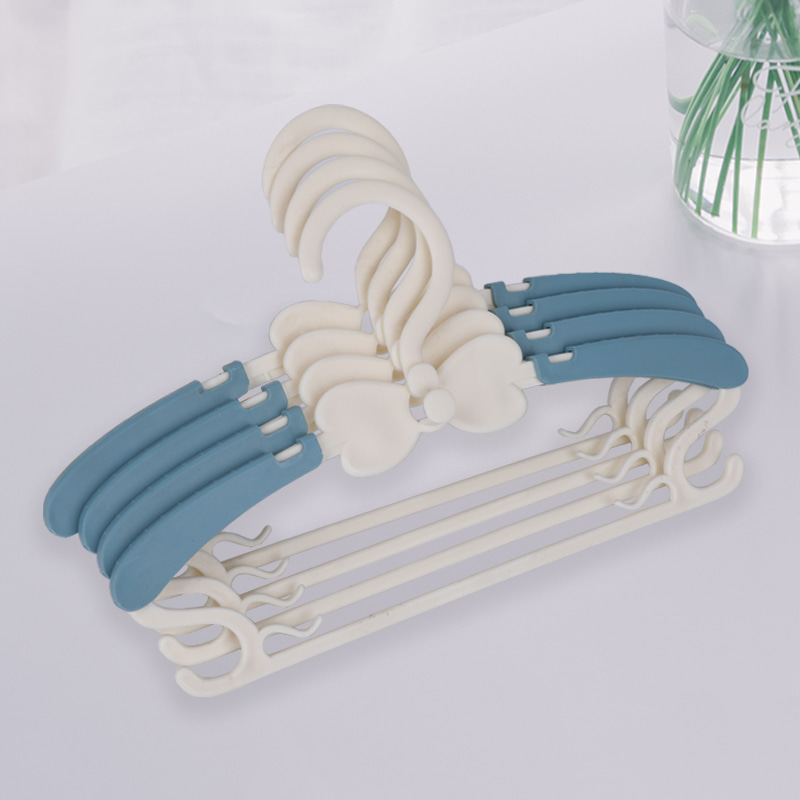


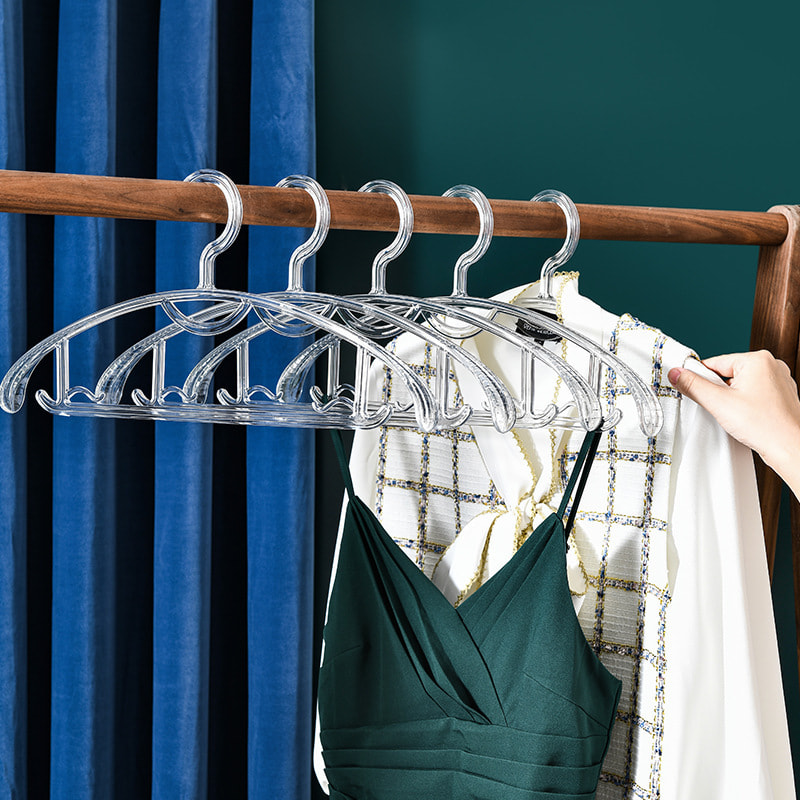
 Phone
Phone
 Email
Email